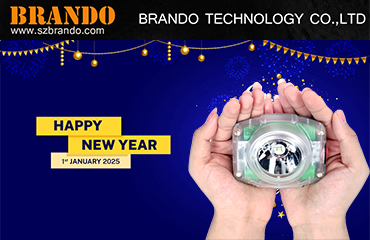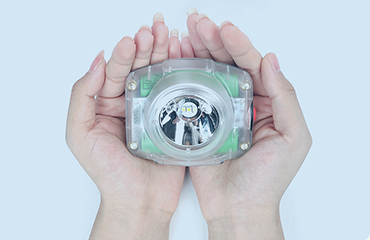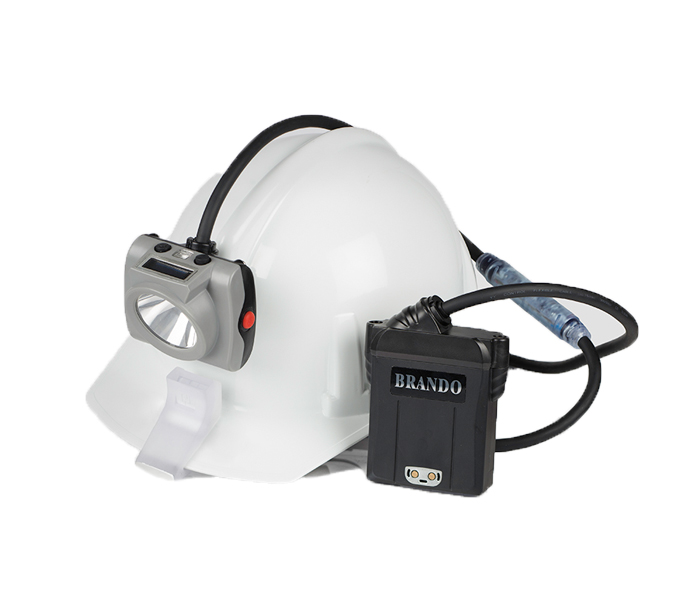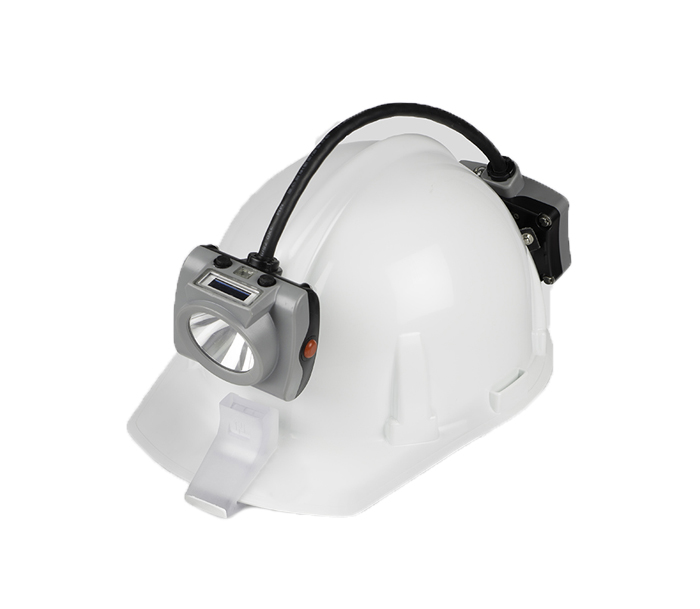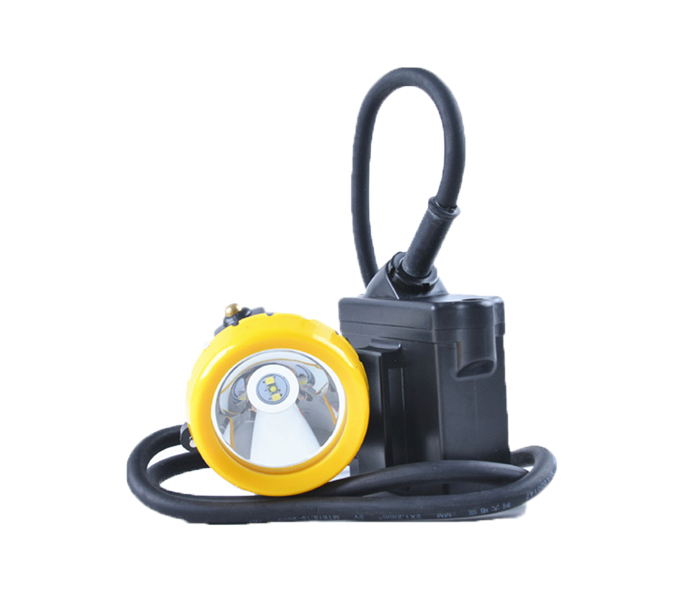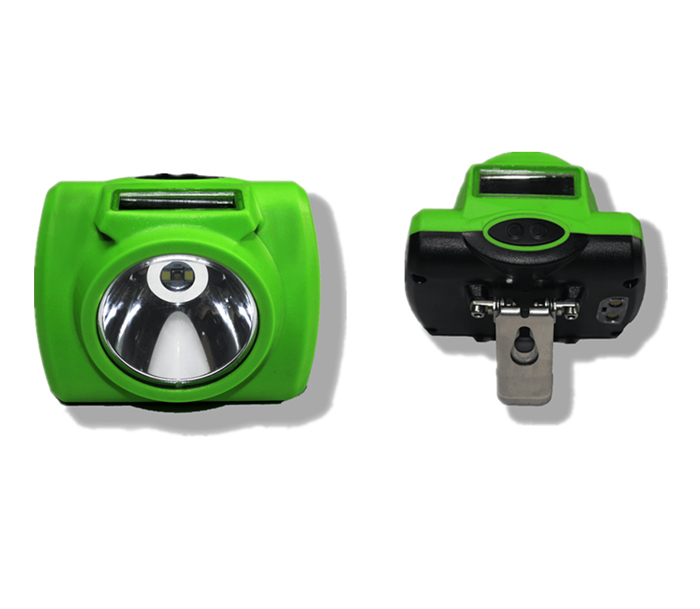Illuminating underground mines
As the mining sector continues to strive for zero harm, effective lighting plays a key role in protecting the health, safety and wellbeing of underground miners and other hazardous area workers. Here are some of the key features to look out for in selecting LED strip lighting for underground mines.
Miners face many challenges in underground mine environments, such as high noise and high dust density, and low lighting is another significant challenge. Inadequate lighting in underground mining remains one of the leading causes of accidents, with new research showing that poor illumination has a significant effect on fatigue, attention, reaction ability and hand-eye coordination. When miners work in poorly lit environments, it affects not only operational efficiency but also increases physical hazards such as tripping and mental exhaustion (such as fatigue) that lead to safety incidents. With these hazards in mind, it’s critical to provide appropriate lighting, both in colour and output, to allow mine workers to operate safely and productively.
Particularly in environments such as underground mining where there is no natural light available, it’s critical to be able to provide workers with adequate lighting for the tasks they are performing. LED strip lighting has revolutionised industrial and hazardous work environments due to the increasing capabilities of light-emitting diode technology and the ability to provide a continuous strip of illumination, with advanced LED lighting technology being able to improve mine safety and productivity in several ways. Firstly, continuous illumination reduces glare and provides daylight conditions, enabling miners to easily detect hazards. Features such as 65k white light emissions (equivalent to daylight) also enable precise colour recognition, which is critical when working with wiring for instance.
An interactive warning solution that visually communicates alerts in the event of an emergency and directs underground workers to safety in emergency evacuations is especially beneficial. A chasing system that suits different applications and risk zones and offers high sight impact, visibility and reliability when it matters most is also beneficial, and the potential gains are significant. Not only in terms of safety and productivity, but also from a sustainability perspective. A durable design allows quality LEDs to last up to 50,000 hours, reducing operating and maintenance costs. Solutions with a long lifespan — of up to 10 years — and with low loss of luminescence over this period (such as 20 to 30%), even in the most challenging environments, ensure the light quality remains high.
A low-profile design that is extremely easy to position and install in any location, making the solution less likely to be damaged by underground mining equipment, is also an important consideration. Further, miners should do proper research into the product manufacturer and certifications, as not all LED strip lighting is created equal. When working in volatile environments with extreme temperatures, explosive gases, combustible dusts, corrosive fluids and high vibration, getting the right lighting solution for the right environment is critical.
As the market for LED strip lighting becomes more competitive, product design can vary greatly. Always purchase from a reputable partner, ensuring that your LED strip lights are fully certified, industrial-grade and approved for use in underground mines. Look for LEDs that have been rigorously tested for durability and are waterproof (IP 67), fire retardant and self-extinguishing, impact and shock-resistant. Premium-quality solutions have dust- and dirt-retardant properties, are blast-resistant and can withstand up to 70 kg of pulling power. Ensuring your LED strip lights meet the highest local and international safety standards and certifications to perform in harsh and hazardous conditions is paramount to improving light quality and visibility, keeping your workforce safe, maximising productivity and efficiency, and reducing operating costs.









